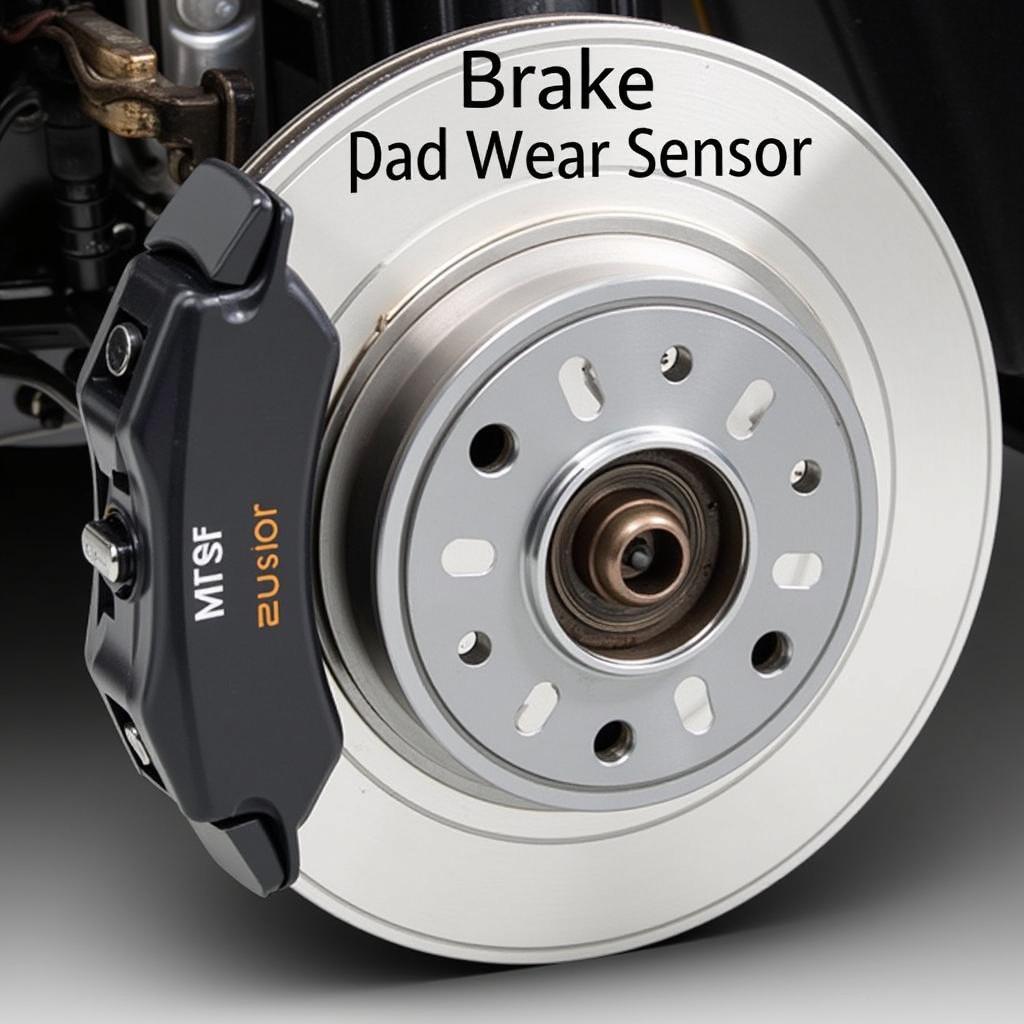The dreaded tyre pressure warning light on your 2015 Seat Leon can be a nuisance, especially when it seems to illuminate without a clear reason. Don’t fret! This comprehensive guide is designed to help you understand why this light appears and equip you with the knowledge to address the issue effectively.
Understanding the Tyre Pressure Monitoring System (TPMS)
Your 2015 Seat Leon is equipped with a sophisticated Tyre Pressure Monitoring System (TPMS), a safety feature that alerts you to underinflated tyres. This system plays a crucial role in:
- Enhancing safety: Underinflated tyres compromise handling and braking, increasing the risk of accidents.
- Improving fuel efficiency: Properly inflated tyres reduce rolling resistance, leading to better fuel economy.
- Extending tyre lifespan: Underinflation causes uneven tyre wear, shortening its lifespan. TPMS helps maintain optimal tyre pressure, maximizing tyre longevity.
Common Causes of Tyre Pressure Warning Light Activation
While a puncture is an obvious culprit, several other factors can trigger the TPMS warning light in your 2015 Seat Leon:
- Gradual air pressure loss: Temperature fluctuations, especially during colder months, can cause a slight decrease in tyre pressure, triggering the warning light.
- Faulty TPMS sensor: Like any electronic component, TPMS sensors can malfunction or lose battery life, sending inaccurate readings.
- Sensor damage: Physical damage to the sensor due to impact, corrosion, or wear and tear can also lead to false readings.
- Recent tyre change: If you’ve recently replaced your tyres or had them rotated, the TPMS system may need resetting.
Troubleshooting the Tyre Pressure Warning Light
Before rushing to a mechanic, try these troubleshooting steps to address the issue yourself:
-
Check Your Tyre Pressure: The first and most crucial step is to inspect your tyre pressure using a reliable gauge. Ensure the tyres are cold (haven’t been driven for at least three hours) for an accurate reading. Refer to the sticker on your driver’s side doorjamb or your owner’s manual for the recommended tyre pressure for your Seat Leon.
-
Inflate or Deflate Accordingly: Inflate the tyres to the recommended pressure if you find them underinflated. If overinflated, slightly deflate to reach the correct pressure.
-
Reset the TPMS: Your Seat Leon’s owner’s manual contains instructions on how to reset the TPMS. This procedure typically involves driving your car at a specific speed for a certain distance for the system to recalibrate.
-
Inspect the Tyre Valve Stems: Examine the valve stems for any visible damage or cracks. A leaking valve stem can cause air pressure loss and trigger the warning light.
When to Seek Professional Help
If the warning light persists after performing these troubleshooting steps, it’s best to consult a qualified mechanic specializing in TPMS. They have the expertise and diagnostic tools to:
- Diagnose faulty sensors: A mechanic can accurately determine if a TPMS sensor is faulty and requires replacement.
- Reprogram the TPMS: After replacing a sensor, the TPMS may need reprogramming to recognize the new sensor ID.
- Address complex electrical issues: In rare cases, the problem might stem from a wiring issue or a fault in the TPMS control module, requiring specialized repair.
Expert Insight
“It’s crucial to address TPMS warnings promptly,” advises John Miller, a certified automotive technician with over 15 years of experience. “Ignoring the warning light can lead to unsafe driving conditions and potentially shorten the lifespan of your tyres. While some issues can be resolved with simple troubleshooting, professional diagnosis is recommended for persistent or recurring problems.”
Preventing Future TPMS Issues
Proactive maintenance can help prevent TPMS issues in the future:
- Regularly check your tyre pressure: Make it a habit to check your tyre pressure at least once a month and before long journeys.
- Inspect your tyres for damage: Regularly inspect your tyres for signs of wear and tear, punctures, or bulges.
- Schedule TPMS checks: Ask your mechanic to inspect the TPMS sensors during your regular service appointments.
Conclusion
The tyre pressure warning light on your 2015 Seat Leon is a vital safety feature, not an inconvenience to be ignored. By understanding its function, common causes of activation, and basic troubleshooting steps, you can address the issue effectively and ensure a safe and enjoyable driving experience. Remember, when in doubt, seeking professional help is always the wisest choice.


